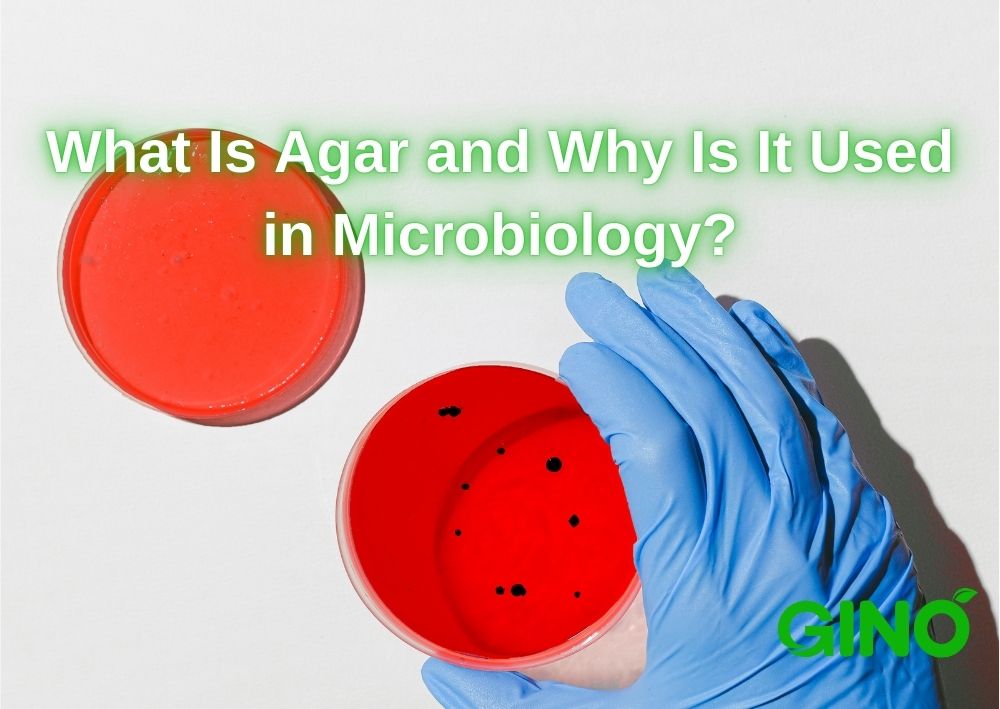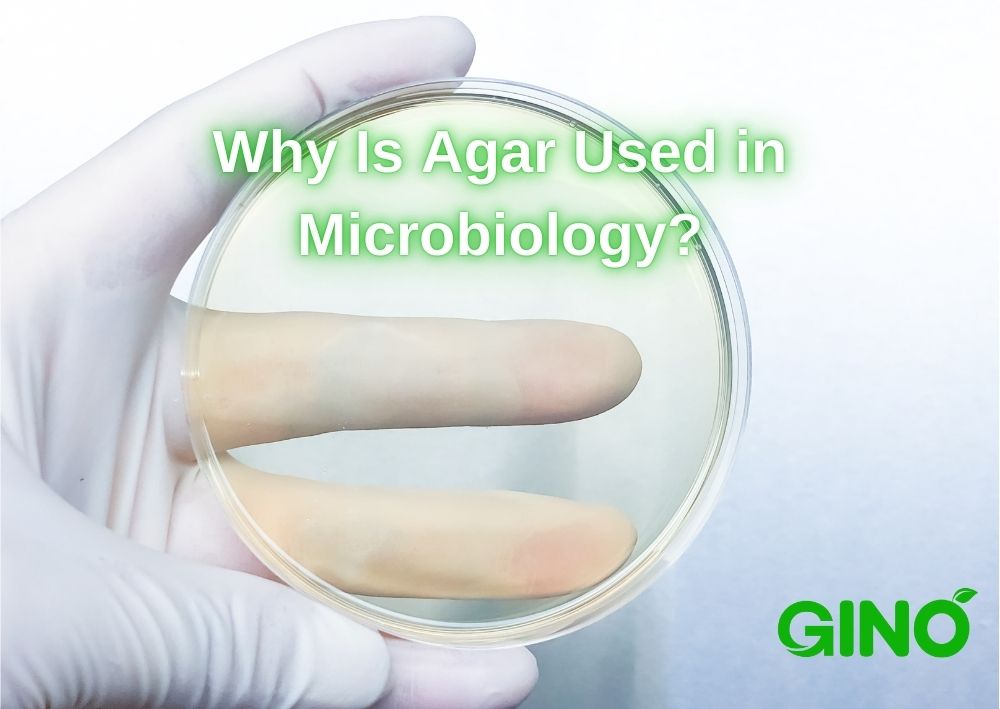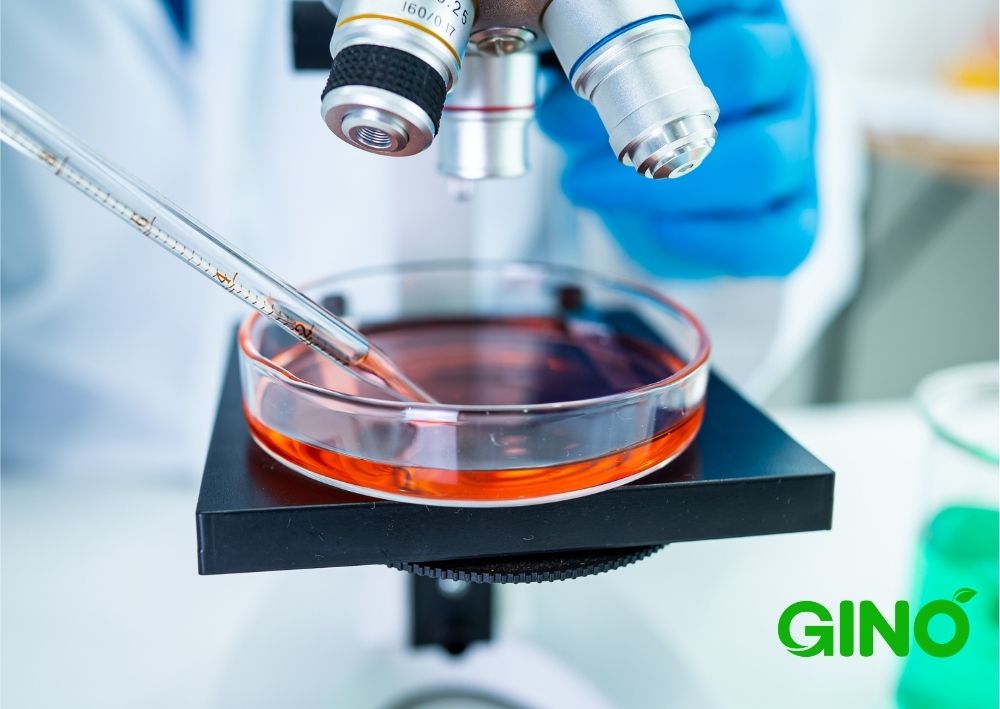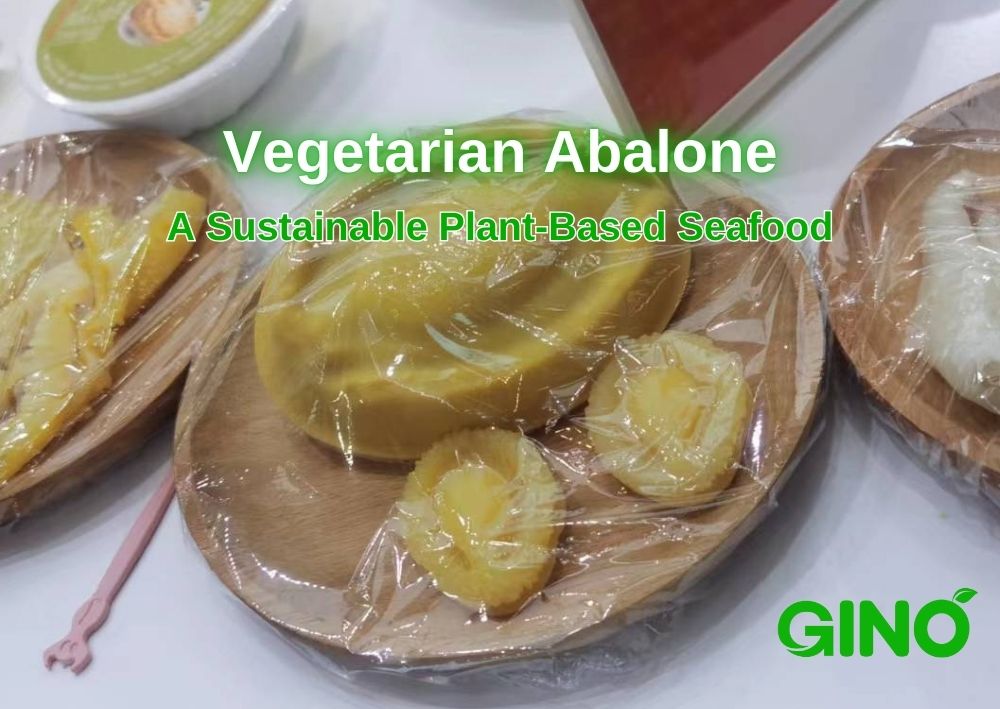Seit über 10 Jahren ist Gino Biotech ein bedeutender Lieferant von Hydrokolloiden für Lebensmittel. Mit unserer Vielfalt an pflanzenbasierten Gummen und Stabilisatoren können wir maßgeschneiderte Hydrokolloid-Lösungen schaffen, die perfekt auf die Bedürfnisse unserer Kunden abgestimmt sind. READ MORE
What Is Agar and Why Is It Used in Microbiology?
What Is Agar and Why Is It Used in Microbiology?
Facebook
Twitter
LinkedIn
Agar might sound like just another food additive, but in the world of microbiology, it’s an unsung hero.
If you’ve ever wondered what is agar and why is it used in microbiology, you’re about to discover its critical role in scientific research. From helping scientists grow bacterial cultures to advancing medical discoveries, agar is indispensable in laboratories worldwide.
This article will take you through exactly what agar is and why it’s a cornerstone of microbiological studies.

What Is Agar?
Agar is a gelatinous substance derived from red algae, primarily from species such as Gelidium und Gracilaria. It’s commonly used as a hydrocolloid in the food industry, but its role in microbiology is what truly makes it special.
Agar has an ability to gel when mixed with water, creating a solid medium that supports the growth of microorganisms like bacteria, fungi, and yeast. The compound is naturally occurring and contains polysaccharides, mainly agarose and agaropectin, which give it its unique properties.
Why Is Agar Used in Microbiology?

Agar serves as a primary solidifying agent in microbiological culture media. Here’s why it’s so valuable:
Non-Nutritional Substance:
Agar itself does not interfere with the growth of microbes because it’s non-nutritive. This makes it an ideal base for adding nutrients specific to the microorganism you’re studying, without contributing to microbial growth.
Thermische Stabilität:
One of agar’s best properties is its ability to stay solid at relatively high temperatures. Agar melts at around 85°C but remains solid even up to 40°C, making it ideal for use in a wide range of temperature conditions. This is particularly useful in microbiology labs where various temperatures are needed for growing different types of microorganisms.
Clear Visibility:
Agar creates a transparent medium, allowing scientists to easily observe the colonies that form on the surface. This clear structure is vital for identifying and differentiating between different microorganisms.
Firm Yet Pliable Texture:
When solidified, agar creates a firm but slightly elastic surface. This is important for handling and transferring microbial cultures without the medium breaking down or drying out too quickly.
Sterilization Compatibility:
Agar can withstand high temperatures during autoclaving, a process that sterilizes culture media. This ensures that the medium remains sterile before inoculation, preventing contamination in experiments.
Applications of Agar in Microbiology
Now that we’ve covered what agar is and why it’s used in microbiology, let’s explore some of its most common applications in the lab:
Bacterial Cultures:
Agar is used in petri dishes as a growth medium for bacteria. Nutrient agar, blood agar, and MacConkey agar are just a few examples of specialized agar-based media that help researchers grow and study various bacterial species.
Fungal Studies:
In addition to bacteria, agar is also widely used to culture fungi. Sabouraud agar is a popular medium for growing fungal organisms like yeast and mold.
Antibiotic Testing:
Agar is essential in antibiotic susceptibility testing. The disc diffusion method, or Kirby-Bauer test, uses agar plates to determine how effectively antibiotics inhibit bacterial growth. The clear zones formed around the antibiotic discs on agar allow researchers to measure the strength of the antibiotic.
Molecular Biology:
Agarose, a component of agar, is crucial in gel electrophoresis, a technique used to separate DNA fragments. This method helps scientists analyze genetic material by visualizing DNA under ultraviolet light.
Food and Pharmaceutical Research:
Agar is not just a tool for microbiologists; it's also used in food safety and pharmaceutical research. For example, it’s often involved in testing the purity of ingredients or verifying the absence of contaminants in various products.

Schlussfolgerung
As you can see, agar plays a pivotal role in microbiology, providing scientists with a reliable, stable, and sterile medium for growing and studying microorganisms.
Whether you’re working in a lab or simply curious about its uses, understanding what agar is and why it’s used in microbiology opens the door to deeper appreciation of scientific progress.
From discovering life-saving antibiotics to identifying harmful pathogens, agar has truly changed the way we explore the microbial world.

At Gino Biotech, we specialize in high-quality agar products that are perfect for microbiological and food applications.
Whether you’re conducting groundbreaking research or developing the next big food innovation, our team is here to support your needs.
Contact us today to learn more about our agar and other hydrocolloid offerings!
Kontakt Unser TeamNeueste Beiträge
Über Gino Biotech

Wir sind ein Biotech-Unternehmen, das sich auf die Erforschung, Entwicklung und Vermarktung innovativer und technologischer Lebensmittelzusatzstoffe (Hydrokolloide) spezialisiert hat. Agar-Agar, Carrageenan, und Maßgeschneiderte Stabilisator-Lösungen.
Dank unseres umfassenden Know-hows und unserer Erfahrung in der Forschung, Anwendung und Nutzung von Hydrokolloiden können wir alles aus einer Hand anbieten maßgeschneiderte Lösungen die perfekt auf die Bedürfnisse unserer Kunden abgestimmt sind.
Unser Produkte decken den Bedarf der Fleisch-, Molkerei-, Bäckerei-, Süßwaren- und anderer Industriezweige.
Kontaktieren Sie unseren Vertriebsmitarbeiter für weitere Informationen.














